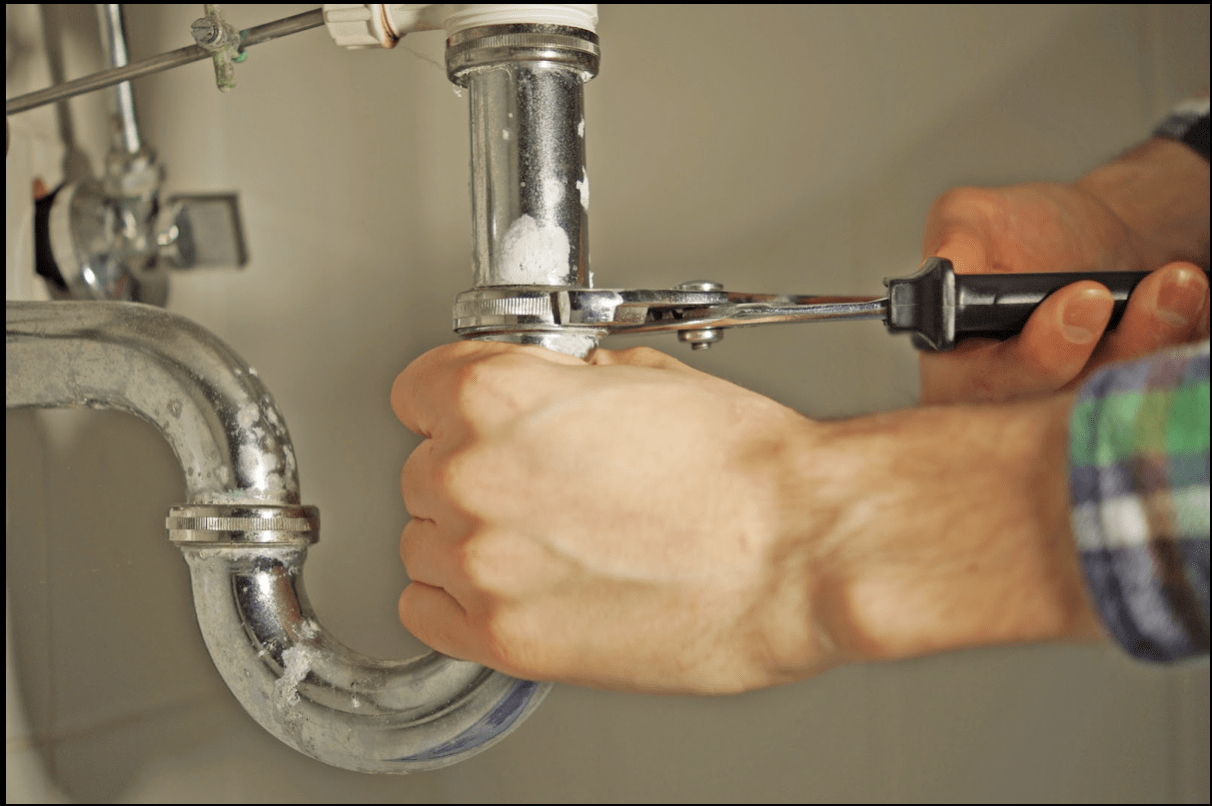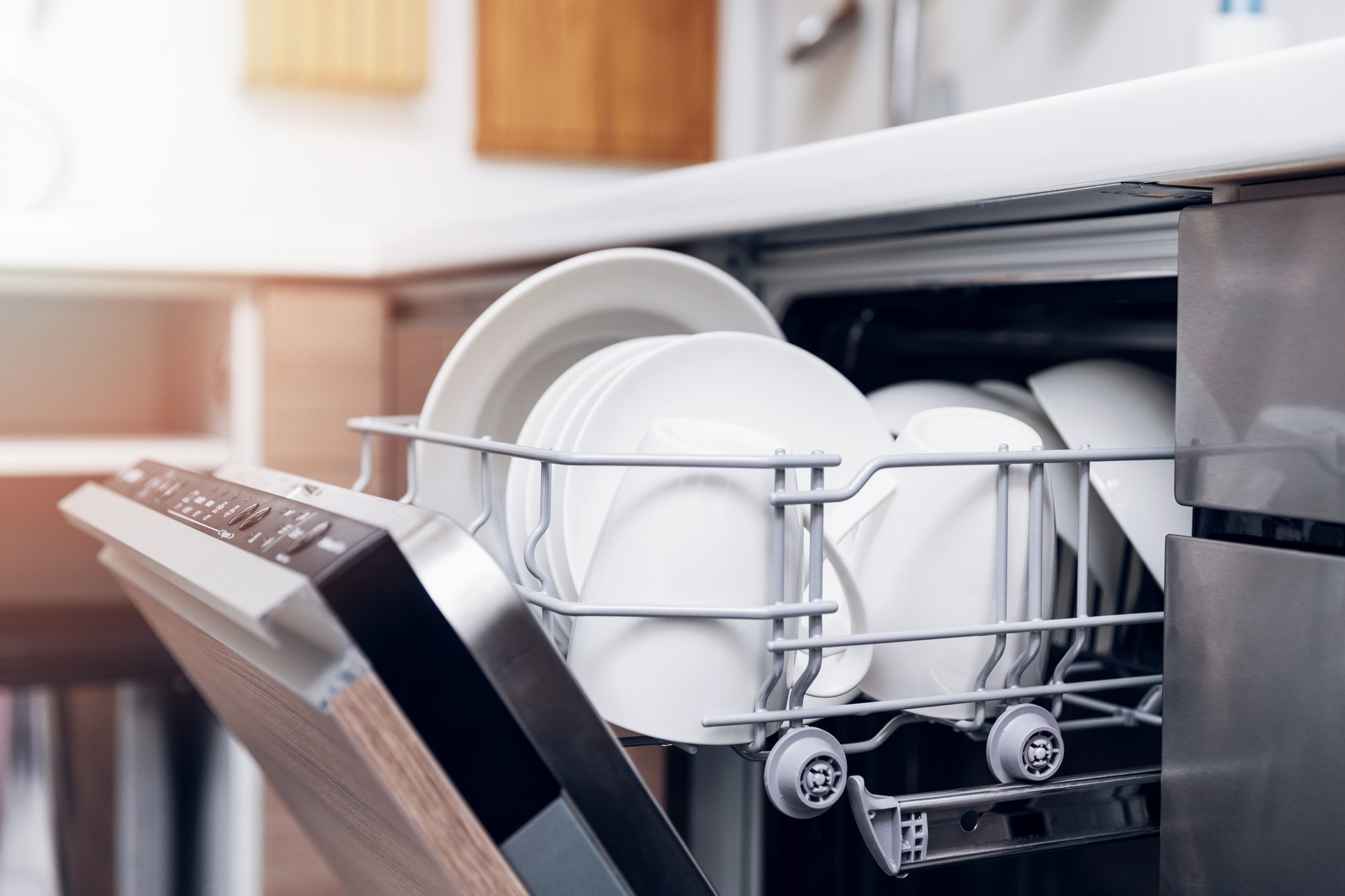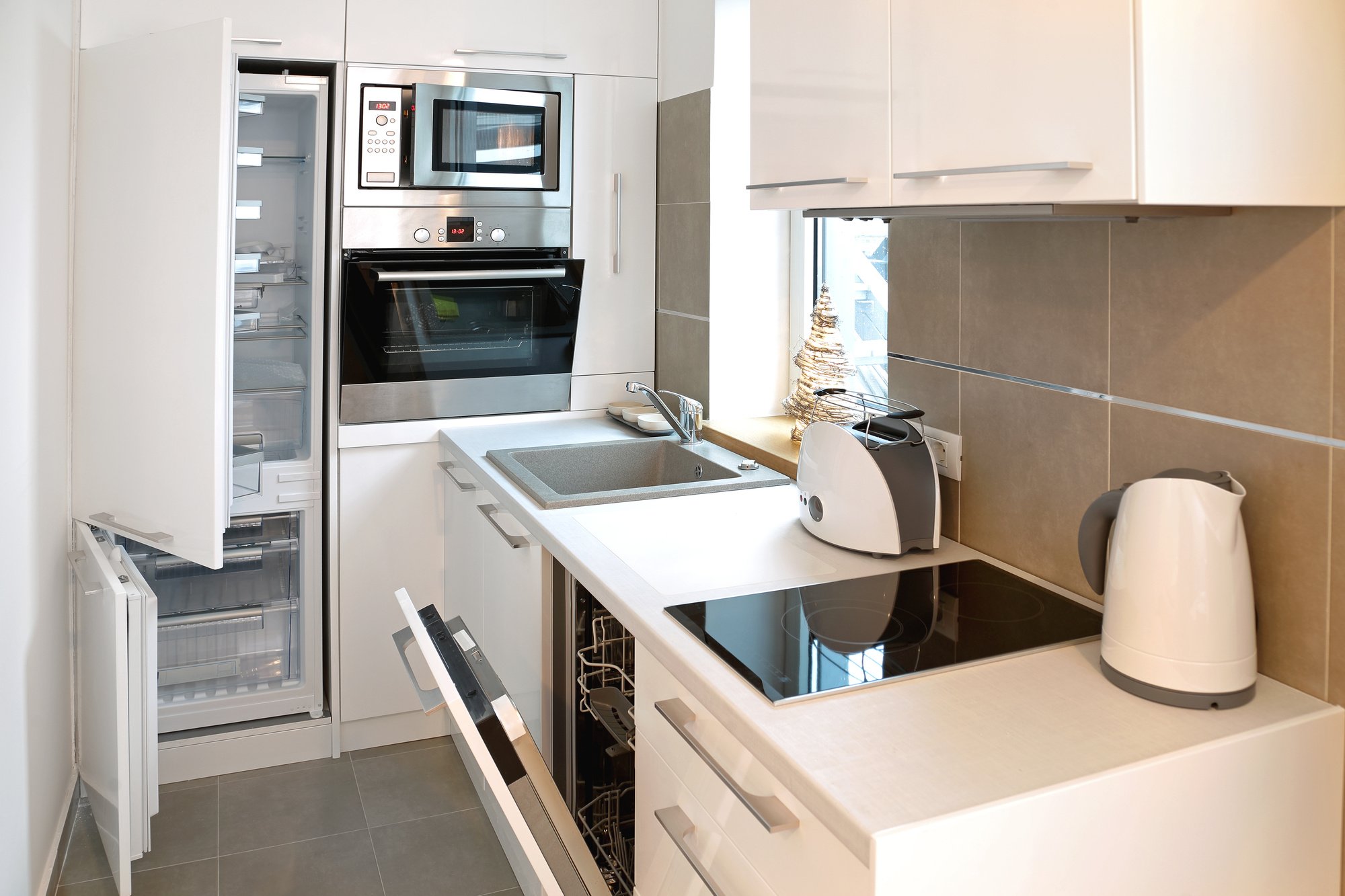The Rise of Eco-Friendly Plumbing Practices in Commercial Buildings
RH Business Marketing Solutions
A remarkable trend has been taking shape within commercial buildings in recent years—a transition towards eco-friendly plumbing practices. Gone are the days of wasteful water usage and damaging plumbing systems; today, a fresh wave of environmentally conscious plumbing solutions is sweeping across industries, bringing both ecological benefits and substantial cost savings.
Join us as we embark on the fantastic world of eco-friendly plumbing practices in commercial buildings, wherein contractors and owners can achieve the perfect balance between functionality and sustainability. Here are some promising green practices you can consider performing on your project as well:
1. Water-efficient fixtures
The installation of water-efficient fixtures is a noteworthy trend in eco-friendly plumbing approaches. Experts designed green-friendly plumbing low tools, like low-flow toilets, faucets, and showerheads, to use less water without compromising performance. These handy fixtures include aerators, pressure regulators, and innovative designs to maximize water efficiency. Ensure that your water fixtures recognize the purpose of plumbing access panel to further reduce water consumption and lower water bills in your commercial structure project.
2. Greywater recycling
Greywater is the gentle usage of water from sinks, showers, and laundry. Instead of scrapping it, construction professionals developed environmentally friendly plumbing systems to capture and treat greywater for reuse. You can use this recycled water for different purposes through filtration and disinfection processes for flushing toilets, irrigation, and other non-potable water demands. Greywater recycling curtails the strain on freshwater resources and diminishes overall water necessities.
3. Rainwater harvesting
Harvesting rainwater is another well-known technique in sustainable plumbing. Commercial buildings often contain rainwater collection systems that catch and store rooftop rainfall. This harvested water can be used for landscaping, toilet flushing, cooling towers, and other non-potable purposes, limiting the reliance on main water supplies and preserving resources.
4. Efficient hot water systems
Energy-saving plumbing practices stress the adept use of hot water. High-efficiency water heaters, like tankless or heat pump systems, are preferred over traditional storage tanks. These innovative facilities cut-down energy waste by heating water when ought, stopping standby heat loss. Insulated hot water pipes and recirculation procedures also aid in curtailing heat loss during distribution, optimizing energy efficiency.
5. Sensor-activated fixtures:
The sensor-activated fixtures are gaining popularity in commercial buildings, especially nowadays, due to their ability to recede water waste. These fixtures, including sensor-activated faucets and urinal flush valves, utilize motion sensors to determine user presence and supply water only when necessary. It's an impressive technology that contains accidental or unnecessary water flow, leading to valuable water savings and enhanced hygiene.
6. Energy Recovery Systems:
Energy recovery systems are integrated into plumbing systems to capture and reuse wasted thermal energy. For example, heat exchangers can retrieve heat from wastewater and reuse it to preheat the upcoming cold water, facilitating the energy required for water heating. These systems contribute to energy efficiency and cost savings by recovering and repurposing energy to avoid shameless loss.
7. Leak detection and monitoring:
Eco-friendly plumbing practices puts a high priority on the early detection and deterrence of water leaks. Advanced leak detection systems use sensors, meters, and monitoring software to identify leaks promptly. Real-time alerts notify building managers of any abnormalities in water usage, enabling immediate action and preventing water waste. By addressing leaks swiftly, these systems help conserve water and minimize water damage risks.
8. Sustainable piping materials:
Traditional plumbing materials like lead and PVC pipes get replaced with more sustainable alternatives. Environmentally friendly options such as cross-linked polyethylene (PEX) and copper pipes are gaining popularity. PEX pipes are highly durable, corrosion-resistant, and require less energy to manufacture, while copper is a recyclable material with excellent longevity. Sustainable piping materials contribute to reduced environmental impact and improved water quality.
Gear up toward a green future of commercial buildings
Embracing these trending eco-friendly plumbing practices allows commercial building projects to achieve significant environmental benefits, conserve resources, and reduce operational costs. These helpful green ways represent a shift towards a more sustainable future, where functionality and environmental responsibility go hand in hand, creating a win-win situation for building owners, occupants, and the planet.
Guest Contributor: Chris Jackson
















